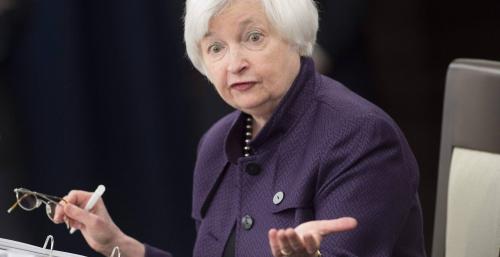Sean Corrigan, Chief Investment Strategist at Diapason Commodities Management, in his 13 August briefing, comments on the illusion of prosperity created by new money and discusses the growth of the US Federal Government deficit in the face of historic falls in receipts plus increases in outlays.
Sean emphasizes in practice the point made by Hayek that new money creates an illusion of prosperity which lasts only as long as the supply of new money:
With a commendable – if belated ‐ recognition of the unstable nature of the Chinese maxi‐flation process (which is about as well‐founded as a seaside hotel in a storm‐surge), the market’s heightened fears of even a partial abatement of the PBoC’s largesse triggered the largest correction in the runaway Shanghai composite suffered in six months. At the same time, the market has yet to resolve its migraine—inducing cognitive dissonance over the state of those Western economies where monetary expansion is also proceeding apace and where it is similarly being channelled through state‐owned, ‐controlled, or ‐ supported entities, if not quite, so far, on the prodigious scale that Beijing has managed.
And on the US Federal Government deficit, Sean gives the historic context before indicating how 60% of new debt this year has been directly monetized, “magicked into cash”:
The potential implosion in US creditworthiness is being led by a fall in Federal Government receipts which was only once greater, in 1931, while the rate of increase in outlays in peacetime has only been exceeded in the New Deal years of 1931, ‘34 & ‘36 when, of course, they were starting from a much lower base. The difference between the two has only twice been wider – amid the global disaster of 1931 itself ‐ and in 1942 – America’s first full year of participation in WWII. In detail, 12‐m trailing outlays are rising at 20% YOY ‐ the fastest nominal pace since 1976 ‐ while receipts have fallen 14.8% YOY ‐ their fastest drop in at least 40 years. The percentage cover for outlays has been a pacesettingly poor 56% so far in calendar 2009, taking the deficit to no less than 78% of receipts and to a staggering 14% of private GDP where it is on track to reach between $1.6‐$1.8 trillion for the full year ‐ equivalent to the entire GDP of Spain, Russia, or Brazil.
Please refer to the report for full details.


